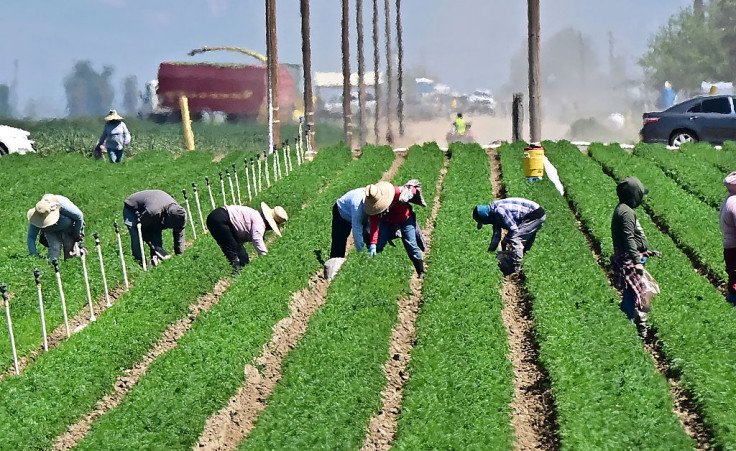
The impact of anti-immigration policies implemented by President Donald Trump during his second term has been widely documented by public officials, experts, and critics. One of the most frequently discussed concerns is the economic fallout that could result from deporting millions of undocumented immigrants, both at the state level and across the country.
Among the most pressing issues is how immigration enforcement could reshape the U.S. workforce. According to a study by the National Foundation for American Policy (NFAP) and published by Axios, the Trump administration's aggressive crackdown on immigration could trigger widespread labor shortages in key sectors of the economy.
The study projects that the U.S. labor force could shrink by 6.8 million workers by 2028 and by 15.7 million by 2035. This decline would likely affect industries such as agriculture, construction, and healthcare, while also reducing consumer spending and slowing GDP growth.
NFAP estimates that a reduced workforce would lower the nation's gross domestic product by $1.9 trillion from 2025 to 2028, and by $12.1 trillion between 2025 and 2035.
Axios noted that of the projected 6.8 million lost workers by 2028, four million would be the result of crackdowns on undocumented immigrants, and 2.8 million would come from cuts to legal immigration. By 2035, about a third of the 15.7 million decline would also stem from reductions in legal immigration.
The Trump administration has set a goal of deporting one million immigrants each year. If that target is reached, NFAP warns the labor force impact could exceed its current projections.
Despite these findings, the Trump administration maintains that its immigration agenda is part of a broader effort to strengthen the U.S. economy. In a statement to Axios, White House spokesperson Abigail Jackson said the plan is designed to tap into "untapped potential" among American workers.
"There is no shortage of American minds and hands to grow our labor force," Jackson said, arguing that more than one in ten young adults in the U.S. are either not employed, enrolled in school, or pursuing vocational training — a population that could be brought into the workforce.
But early signs of economic disruption are already being felt, particularly in states like California. As previously reported by The Latin Times, the economic damage from ongoing deportations is already becoming visible.
A June study from the Bay Area Council Economic Institute and the University of California Merced, found that continued deportations and arrests are keeping many undocumented immigrants from showing up to work, a trend that could cost the state billions.
The report estimates that removing California's undocumented population would lead to a $275 billion economic hit and an annual loss of $23 billion in local, state, and federal tax revenue.
"Immigrants, both documented and undocumented, are deeply and intricately woven into our overall economic fabric," said Abby Raisz, research director at the Bay Area Council Economic Institute and co-author of the study. "The impact of losing 8% of California's workforce would have a crippling effect on the state economy. These effects would extend well beyond California, with labor shortages contributing to higher food prices nationwide."
© 2025 Latin Times. All rights reserved. Do not reproduce without permission.







